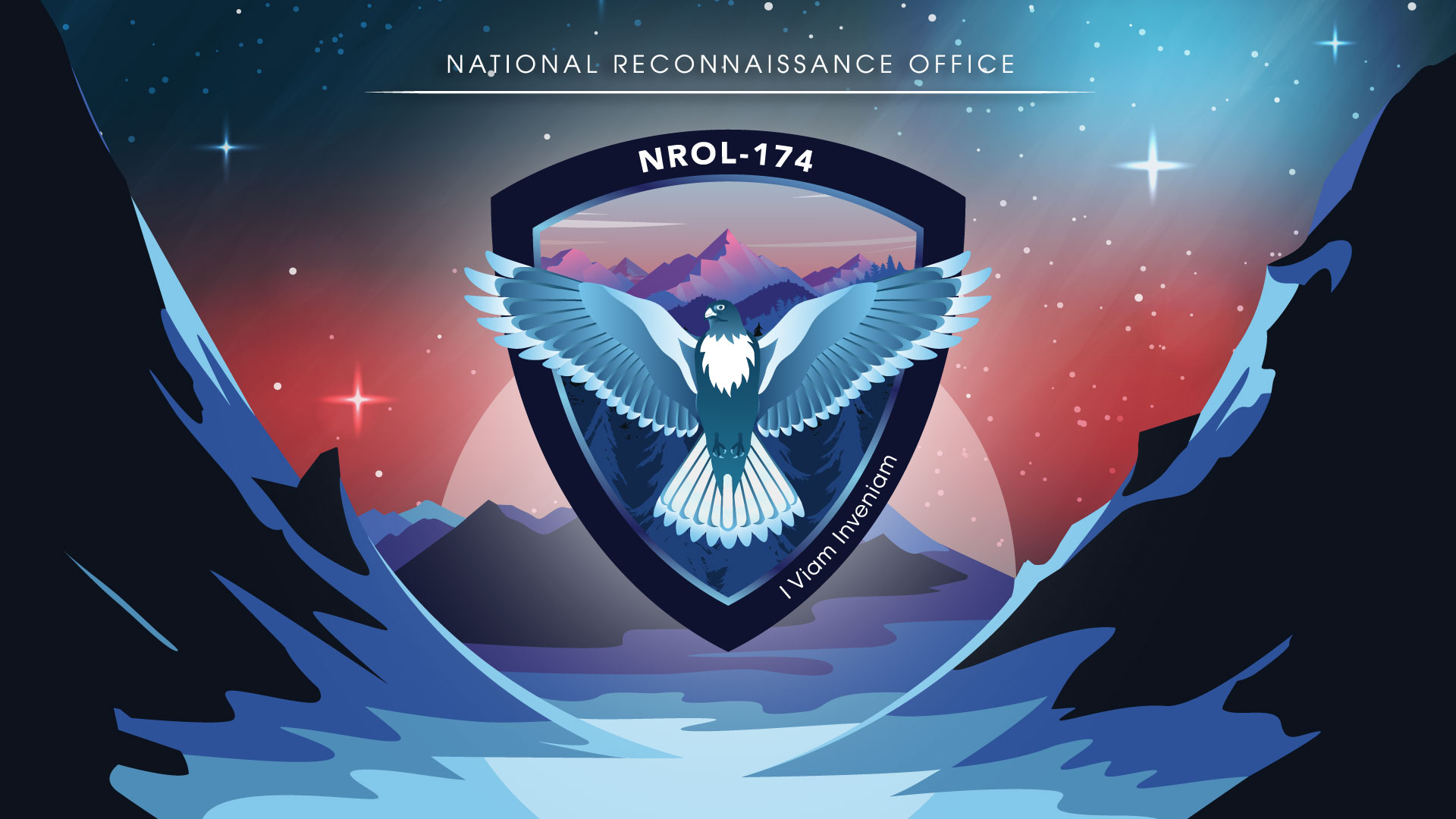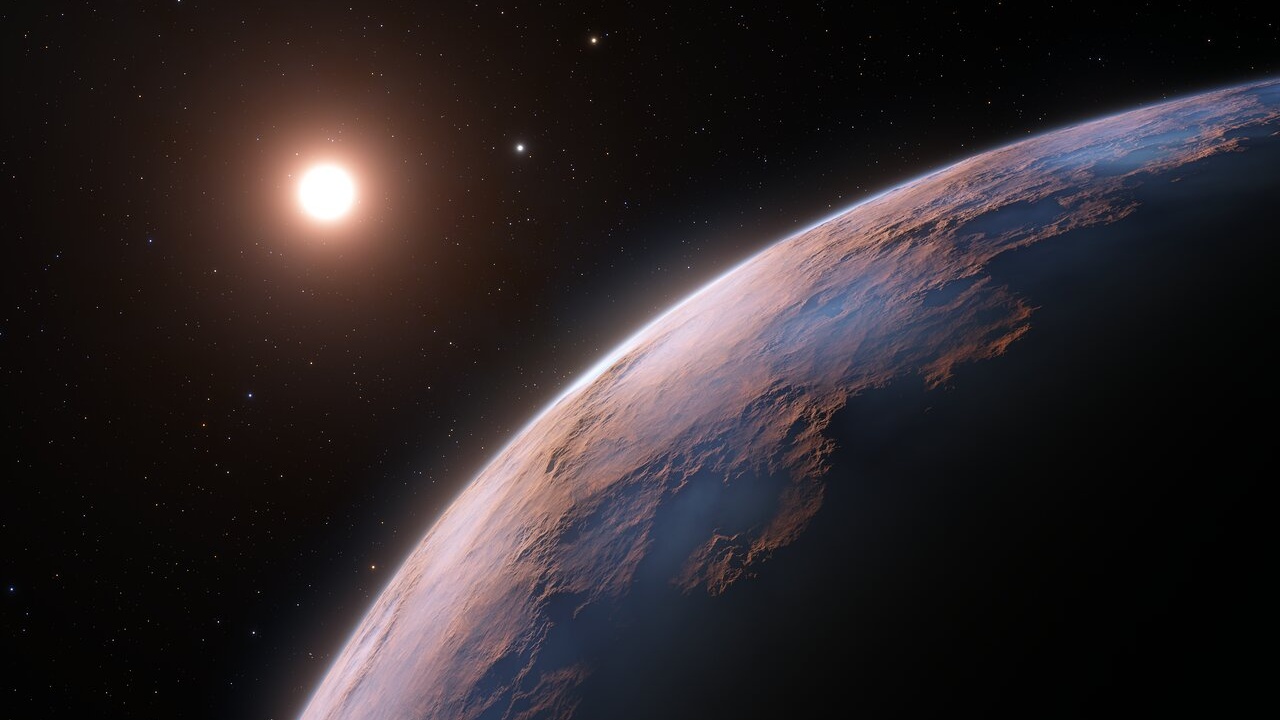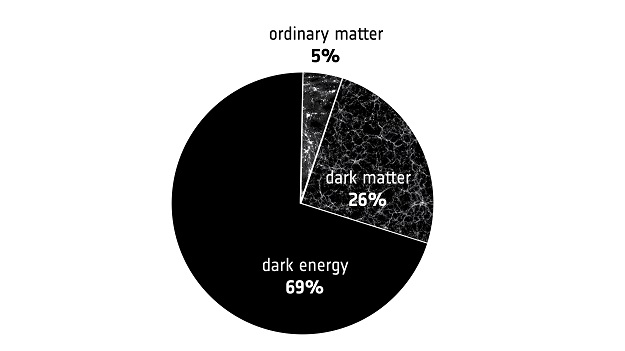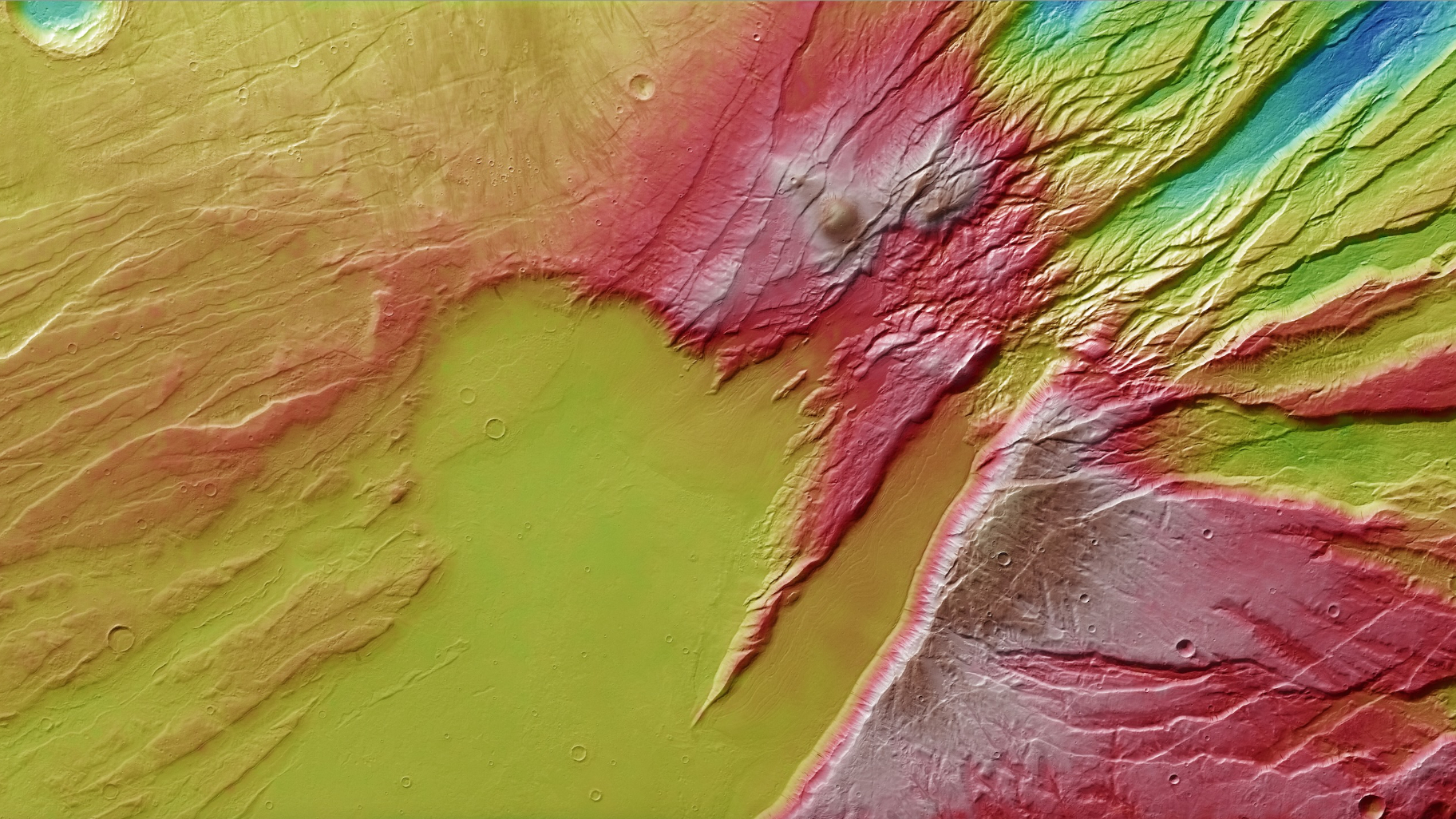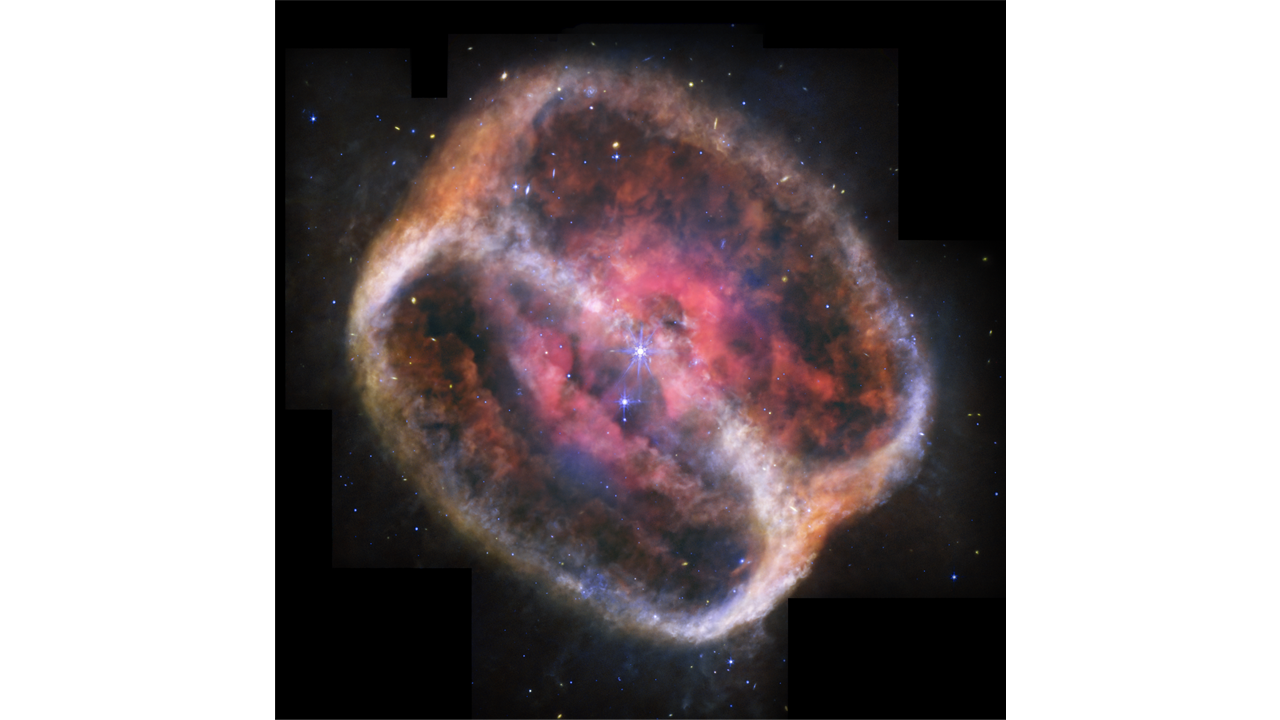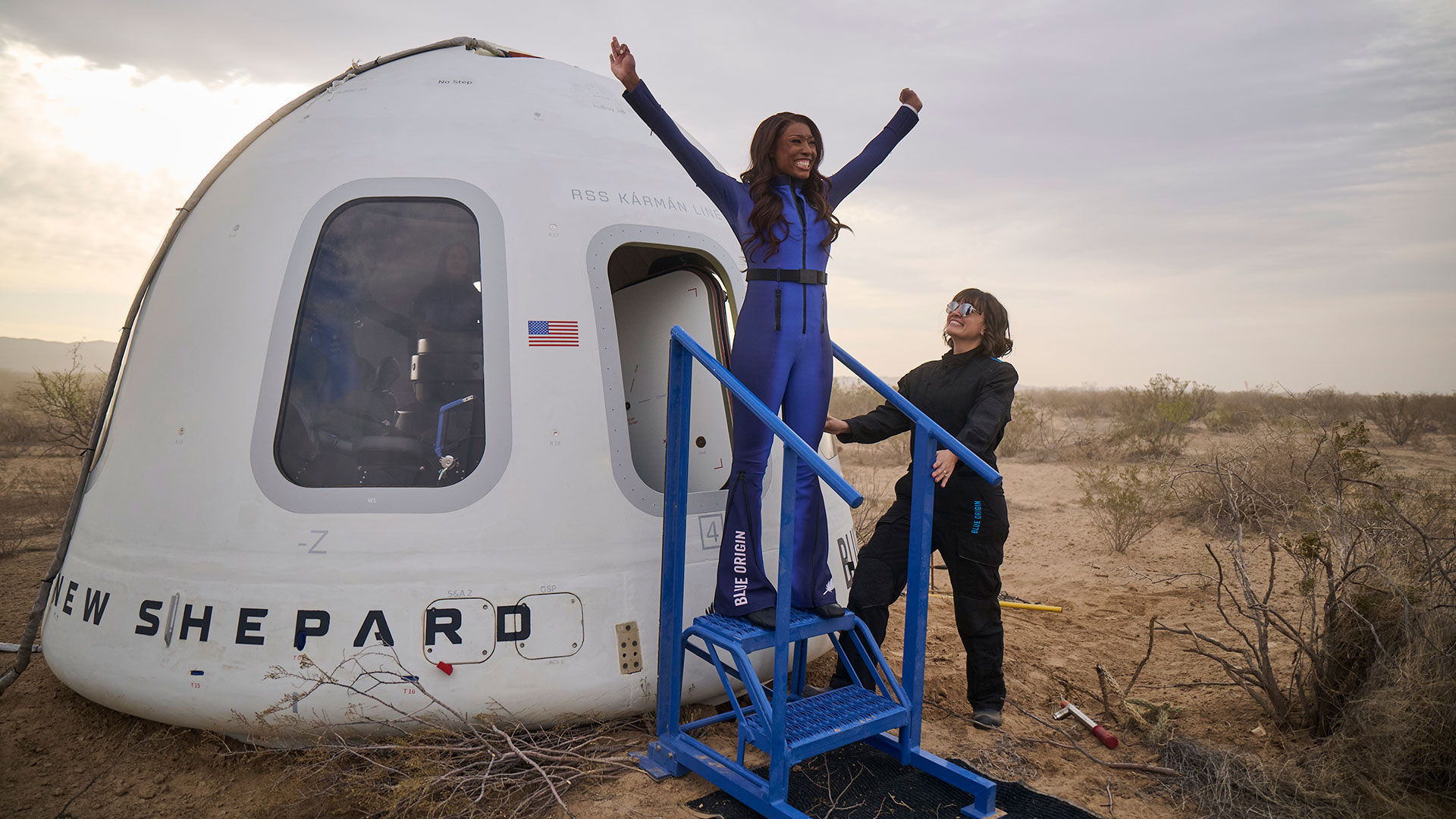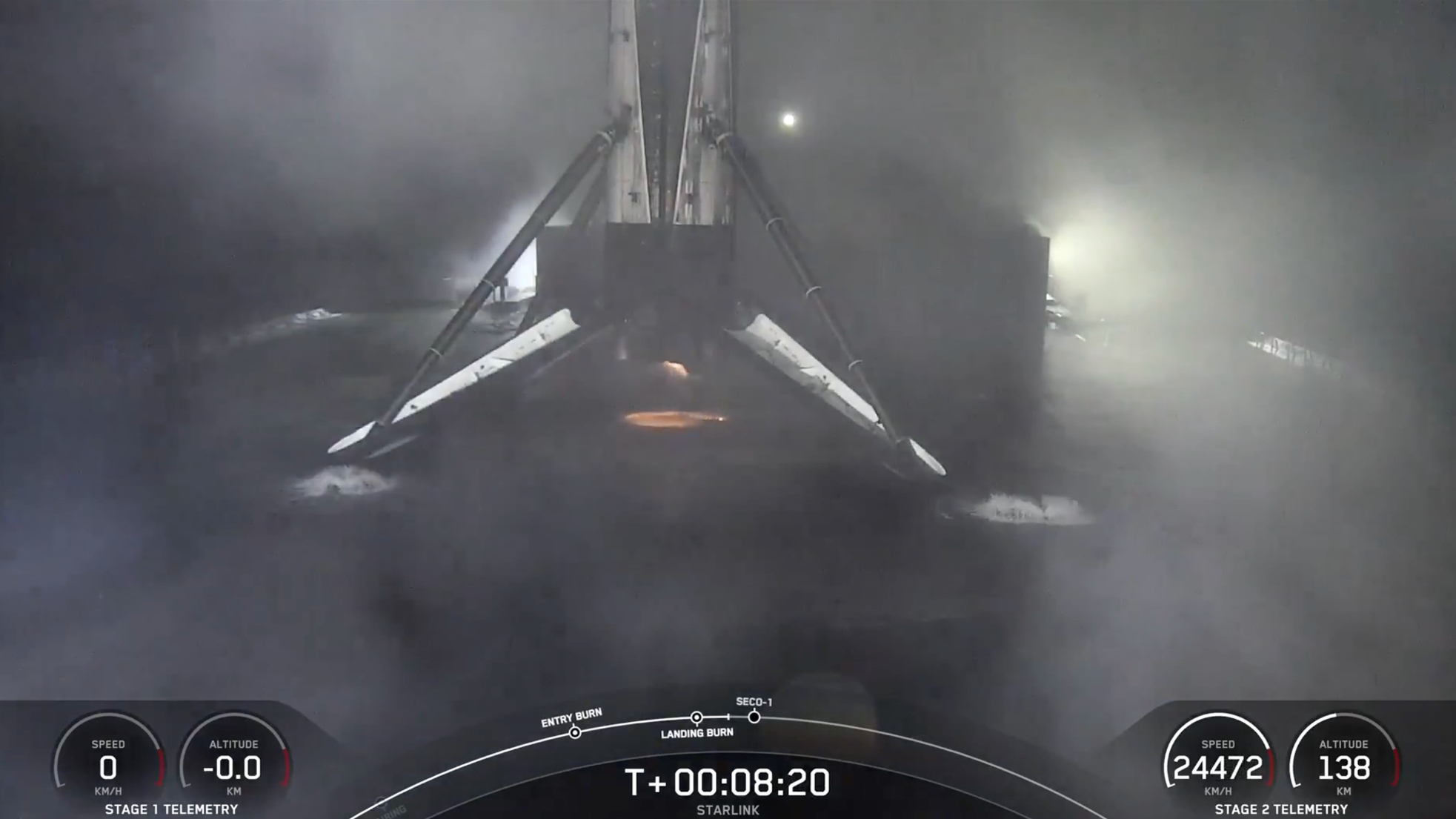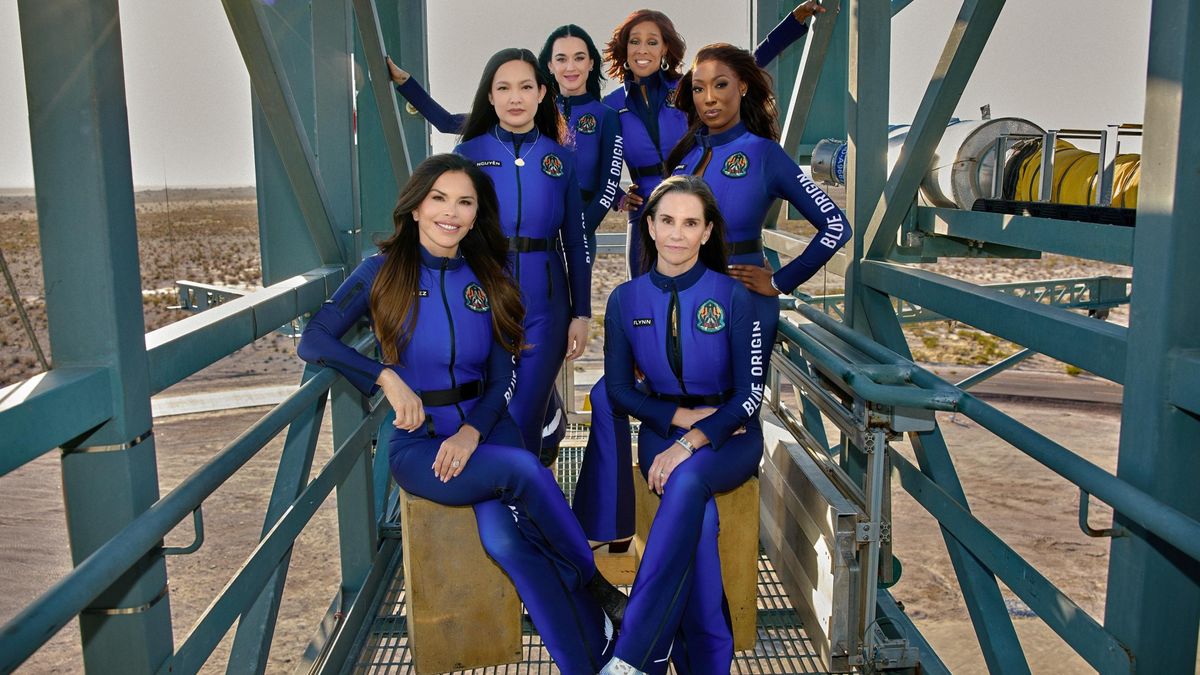For the first time in nearly a decade and a half, a Minotaur has streaked through Californian skies. A Minotaur IV rocket lifted off from the Golden State’s Vandenberg Space Force Base today (April 16) at 3:33 p.m. EDT (1633 GMT; 12:33 p.m. local California time), kicking off the NROL-174 mission for the U.S. National Reconnaissance Office (NRO). It was the first launch of a Minotaur from the site since 2011, the NRO said via X. The NROL-174 mission patch. (Image credit: NRO) The Minotaur rocket family, built by aerospace…
Read MoreCategory: The Moon
Our moon
How artificial intelligence is helping scientists hunt for alien Earths
A machine-learning algorithm trained on synthetic planetary systems has been let loose — and in the process has identified nearly four dozen real stars that have a high probability of hosting a rocky planet in their habitable zone. “The model identified 44 systems that are highly likely to harbor undetected Earth-like planets,” said Jeanne Davoult, an astronomer at the German Aerospace Agency DLR, in a statement. “A further study confirmed the theoretical possibility for these systems to host an Earth-like planet.” Often, “Earth-like” worlds — Earth-like in the sense that…
Read MoreMatter-spewing ‘singularities’ could eliminate the need for dark energy and dark matter
A new model of the cosmos does away with the universe’s two most troubling and mysterious elements, dark energy and dark matter, collectively referred to as the dark universe. Here’s the idea. The new concept replaces the dark universe with a multitude of step-like bursts called “transient temporal singularities” that erupt throughout the entire cosmos. It’s possible, scientists say, that these transient temporal singularities could open to flood the universe with matter and energy, causing the very fabric of space to expand. Those rifts would close so quickly they would…
Read MoreNew photos from European Mars orbiter show dynamic, volcanic Red Planet terrain
The European Space Agency (ESA) just released some new snapshots from its Mars Express orbiter that detail the dynamic terrain of the Red Planet’s Acheron Fossae region. One of the photos shows trough-like features called “grabens,” which run about 500 miles (800 kilometers), or roughly the length of Germany. They were shaped from ancient volcanic activity that twisted the surface of Mars almost four billion years ago. Flowing lava from the nearby Alba Mons volcano (not pictured) is likely responsible for the smooth region in the bottom center of the…
Read MoreJames Webb Space Telescope sees a celestial Venn diagram around a dying star
A stunning new image from the James Webb Space Telescope (JWST) is allowing astronomers to examine the complex and turbulent final stages of a dying star’s life. The snapshot above showcases NGC 1514, a planetary nebula that resides roughly 1,500 light-years from Earth in the constellation Taurus. Despite the term, however, NGC 1514 has nothing to do with planets. Instead, at its heart, there are two stars. These stars appear as a single point of light in the James Webb Space Telescope‘s view, and this point of light is encircled…
Read MoreGayle King just conquered her fears with Blue Origin’s all-female space launch. Here’s how she did it.
Having the opportunity to overcome Earth’s gravity well and launch into space can be a spiritual and revelatory experience for those lucky enough to hitch a private ride on a rocket, as pop star Katy Perryand her historic all-female crew did on their Blue Origin trip from West Texas today (April 14). Joining Perry on the 10.5-minute suborbital NS-31 mission, which lifted off from Blue Origin’s Launch Site One, were CBS journalist Gayle King, philanthropist and author Lauren Sánchez, ex-NASA rocket scientist Aisha Bowe, research scientist Amanda Nguyen and film…
Read More100th person to fly only a suborbital spaceflight | Space picture of the day for April 14, 2025
Entrepreneur and former NASA aerospace engineer Aisha Bowe reaches out her arms in celebration after stepping out of the Blue Origin New Shepard capsule that flew her and five other women to space and back on April 14, 2025. (Image credit: Blue Origin) On April 14, 2025, Blue Origin launched its 11th human spaceflight, the company’s first to include only women aboard. Based on the seat assignments provided by the company, one of the six newly qualified astronauts has now become the 100th person in history to fly only a…
Read More3 big hunks of space junk crash to Earth every day — and it’s only going to get worse
At least three old satellites or rocket bodies fall back to Earth every day, a new report reveals. And experts warn that the number of objects returning from space is set to increase, a possible concern for the health of Earth’s atmosphere and for the safety of humans on the ground. The Space Environment Report, released by the European Space Agency (ESA) on April 1, found that some 1,200 “intact objects” reentered the atmosphere in 2024, in addition to countless space debris fragments. Despite this incessant rain of junk battering…
Read MoreSpaceX Falcon 9 rocket launches 27 Starlink satellites to orbit on record-breaking 27th flight (photos)
SpaceX continues to push the boundaries of rocket reuse. A Falcon 9 rocket topped with 27 of the company’s Starlink internet satellites lifted off at midnight (0400 GMT) on Monday (April 14) from Florida’s Cape Canaveral Space Force Station. It was the 27th launch for the rocket’s first stage, breaking a reflight record that this same booster set two months ago. Sixteen of its liftoffs have been Starlink flights, SpaceX wrote in a mission description. You may like Booster 1067 missions The booster came back to Earth safely for the…
Read MoreKaty Perry and Blue Origin’s all-female rocket crew get Monse designer flight suits
When Katy Perry and the all-woman crew of Blue Origin’s next astronaut launch lift off on Monday, they’ll launch in style. Literally. Lauren Sánchez, the journalist and author who organized the flight (she’s also fiancee of Blue Origin founder Jeff Bezos), recruited designer Monse to reimagine Blue Origin’s flight suits. “I think the suits are elegant, but they also bring a little spice to space,” Sánchez told the New York Times. Perry and Sanchez will launch on Blue Origin’s New Shepard suborbital rocket on Monday (April 14) along with “CBS…
Read More